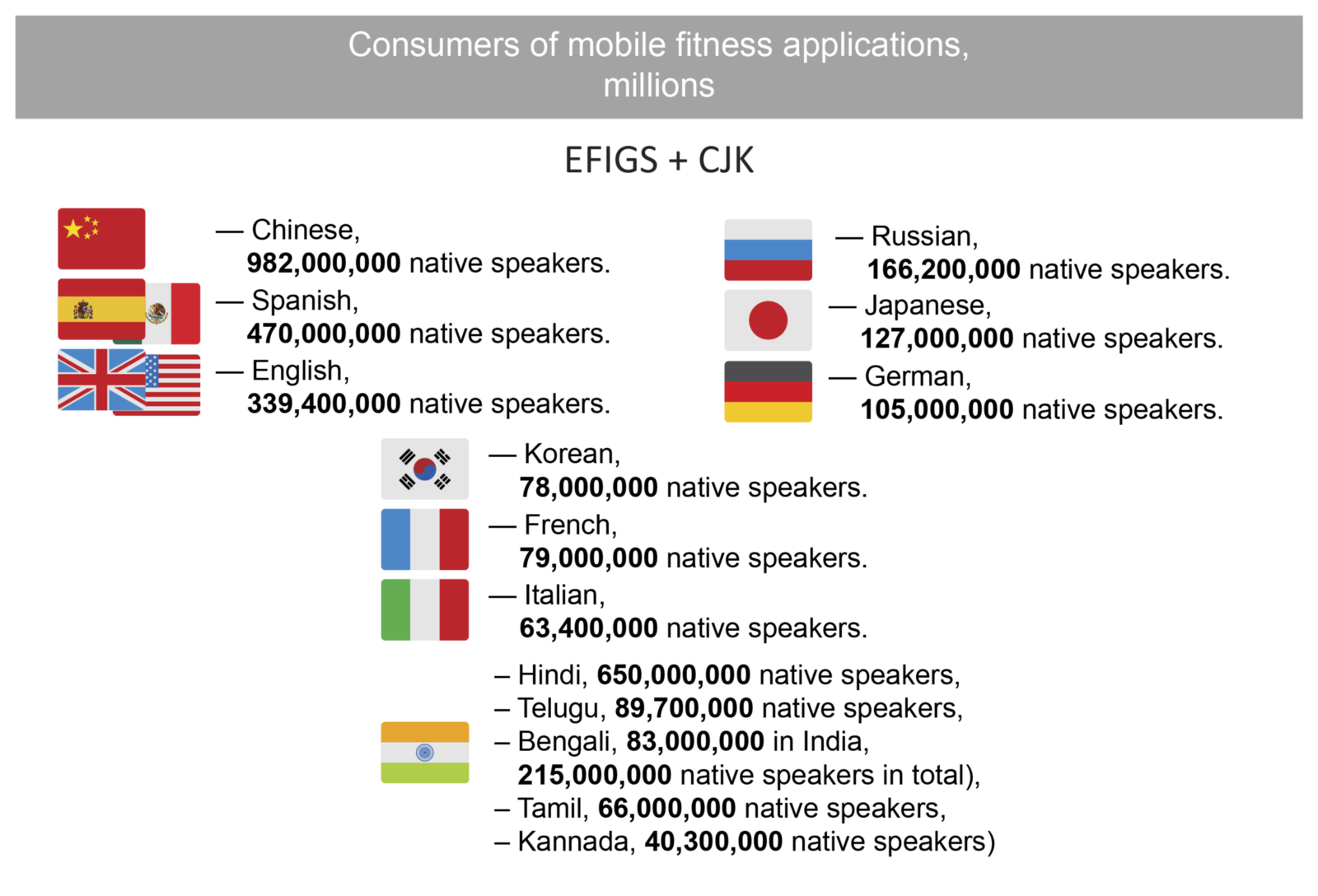This is a million pounds profits business, its revenue could be up to 1 million pounds in 3 years.
|
Expected registrations and user conversion rates Profit and Loss Projection (3 Years)
|
Start-up Stage
1. Financing Strategies
In start-up stage, the project needs fund for application development, platform maintain, overhead, employment cost, marketing campaign, etc. As there is not enough revenue to cover the operating cost at this stage, the project needs seeking seeds capital to start the business. In this stage, our targeting market is the UK
2. Profit Model
In the early stage, charging subscription fee is not a good idea. In this stage, the users are few, even you charge for them, you can get little revenue. What’s more, the subscription fee will enhance the joining threshold which would cause loss of users. Consequently, all services should be free in the early stage.Advertising would not be allowed at this stage because too much advertising will do damage to the user experience.
As the service fee, the transaction fee in ” carrot and stick” model will be charged at this stage as well. The rate is 0.4%.
The online store is allowed at this stage as well. Healthy eating and drinkings related merchants, as well as wearable device manufactures, are welcomed to join in. We will charge them for 8% commission of trading volume.
3. Market strategies
Digital marketing strategy
Social media will be an effective tool for “Carrot” to communicate with customers and promote the application to the public. There are three platforms used to implement social media marketing, including Instagram, Facebook, and Twitter where the marketing team can post some brilliant video/pictures/articles which can disseminate the application well.
Furthermore, it also recommends implementing social media advertisements. Instagram allows business to put photo advertisements and video advertisements, so we can put attractive photos or videos that can be recommended to Instagram users. they can push messages and brand’s stories to the wider range of social media users according to customer behavior online. It will be efficient to reach our target audiences and communicate with them.
Growth Stage
1.Profits Model
The business is expected to get profits in the third year. The main revenue comes from the commission of online shopping and transaction fee.
With more and more users join this application the business value is gradually increasing. In this stage, we should make full use of data collected from users’ devices. The data could include intensity, time and frequency of sports, the sleep condition, etc. Based on these data, to some extent, we could know users’ partial health condition. And then recommend personality drinks and foods for them to improve their health.
App open screen and self-owned community media can accept commercial advertisements. Sponsors’ brand is also allowed to promote in matches sponsored by these companies.
2. Marketing Strategy
O2O Cooperation
Spots brand companies have a strong motivation to link their business to fitness application. It is a new channel to promote their clothes, shoes and wearable devices. We could cooperate with these companies. They could sponsor the sports match in reality. The reward will be offered by them and in order to broadcast their matches on fitness application. People will have good customer experience in the match which will also raise our brand image. .
We could also cooperate with gyms, we could introduce coaches online and open offline courses. The users could get discounts or enjoy better services in the physical gyms.
Cooperation of online and offline resources is a double-win marketing strategy. This will further enhance fans’ viscosity and complete a virtuous cycle.
Advertising
Social media will still be an effective tool in this stage, and more users participation will enlarge this effect. But at the same time, with increasing cash flow, we could also advertise on the billboard, video websites, etc.
3. Financing strategy
We should seek VC at this stage to expand our business to the whole UK and then all over the world. Although we will get more revenue at this stage, it is not enough to support expanding plan in the first three years, as a result, more fund is in demand in this stage. We have to compete with other similar application. We need to catch the market quickly to build customer stickiness to create barriers to entry this market because its business model is easy to copy.






